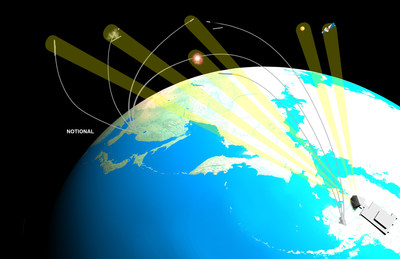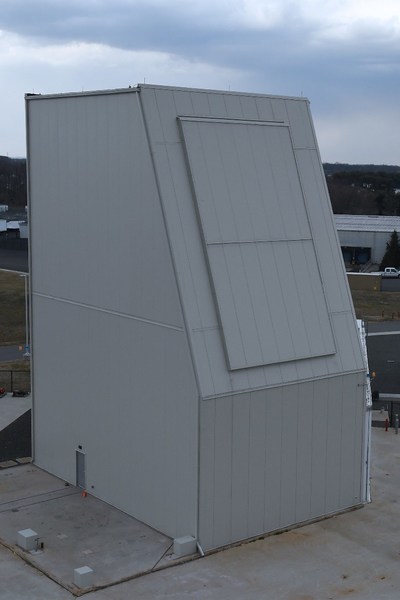MOORESTOWN, N.J., April 20, 2017 /PRNewswire/ -- Less than 18 months from contract award, the Long Range Discrimination Radar (LRDR), developed by Lockheed Martin (NYSE: LMT), passed Preliminary Design Review (PDR), indicating that detailed design on the radar system can move forward. The radar system will support a layered ballistic missile defense strategy to protect the U.S. homeland from ballistic missile attacks.


The Missile Defense Agency (MDA) in 2015 awarded the $784 million contract to Lockheed Martin to develop, build and test LRDR, and the company is on track on an aggressive schedule to deliver the radar to Clear, Alaska. Lockheed Martin passed PDR by demonstrating both a Technology Readiness Level (TRL) 6 and Manufacturing Readiness Level (MRL) 6, putting the team on a path to achieve TRL 7 later this year allowing the program transition to manufacturing. Lockheed Martin utilized a scaled LRDR system to successfully demonstrate Critical Technology Elements (CTEs) in a relevant end to end environment.
During the two-day PDR, representatives from the MDA and the Office of Secretary of Defense, toured Lockheed Martin's facility to see the LRDR Prototype System and the new Solid State Radar Integration Site, a self-funded test facility that will be utilized to demonstrate TRL 7 and provide significant risk reduction for development of LRDR and future solid state radar systems.
"Lockheed Martin is committed to supporting the nation's Integrated Air & Missile Defense and homeland defense missions and we are actively investing in research and technologies that will lead to advanced solutions," said Chandra Marshall, LRDR program director, Lockheed Martin. "The Solid State Radar Integration Site will be used to mature, integrate and test the LRDR design and building blocks before we deliver the radar to Alaska. Using this test site will result in significant cost savings and less risk overall."
Similar to Lockheed Martin's Space Fence radar system, LRDR is a high-powered S-Band radar incorporating solid-state gallium nitride (GaN) components, but is additionally capable of discriminating threats at extreme distances using the inherent wideband capability of the hardware coupled with advanced software algorithms.
"We built an open non-proprietary architecture that allows incorporation of the algorithms from small businesses, labs and the government, to provide an advanced discrimination capability for homeland defense," said Tony DeSimone, vice president, engineering and technology, Lockheed Martin Integrated Warfare Systems and Sensors.
LRDR is a key component of the MDA's Ballistic Missile Defense System (BMDS) and will provide acquisition, tracking and discrimination data to enable separate defense systems to lock on and engage ballistic missile threats, a capability that stems from Lockheed Martin's decades of experience in creating ballistic missile defense systems for the U.S. and allied governments.
Work on LRDR is primarily performed in New Jersey, Alaska, Alabama, Florida and New York.
As a proven world leader in systems integration and development of air and missile defense systems and technologies, Lockheed Martin delivers high-quality missile defense solutions that protect citizens, critical assets and deployed forces from current and future threats. The company's experience spans radar and signal processing, missile design and production, hit-to-kill capabilities, infrared seekers, command and control/battle management, and communications, precision pointing and tracking optics, as well as threat-representative targets for missile defense tests.
For more information, visit www.lockheedmartin.com/lrdr.
About Lockheed Martin
Headquartered in Bethesda, Maryland, Lockheed Martin is a global security and aerospace company that employs approximately 97,000 people worldwide and is principally engaged in the research, design, development, manufacture, integration and sustainment of advanced technology systems, products and services.
SOURCE Lockheed Martin
Related Links
WANT YOUR COMPANY'S NEWS FEATURED ON PRNEWSWIRE.COM?
Newsrooms &
Influencers
Digital Media
Outlets
Journalists
Opted In






Share this article